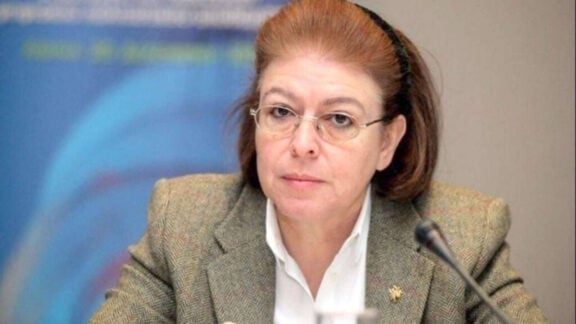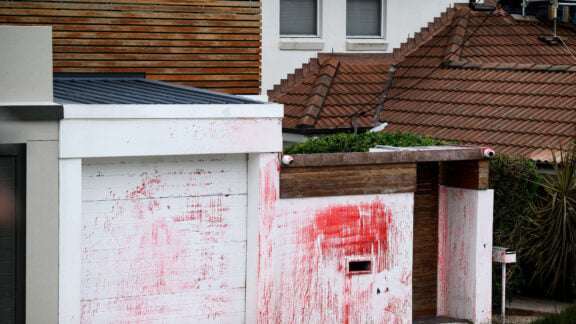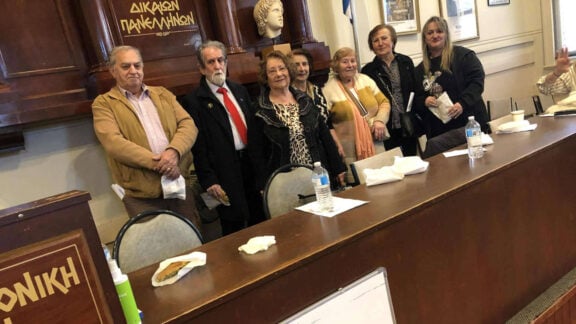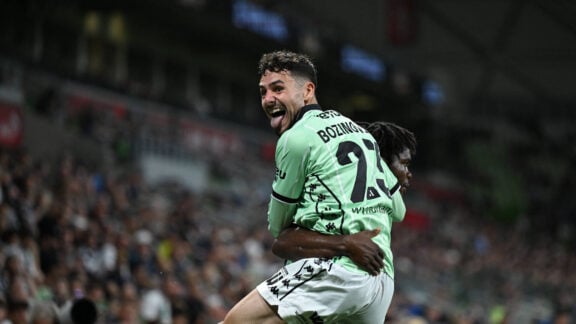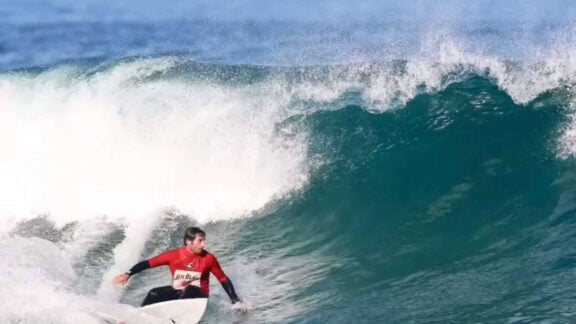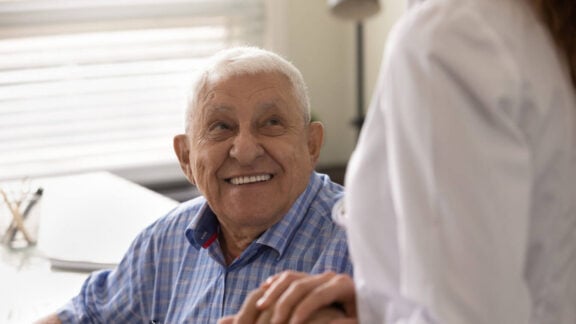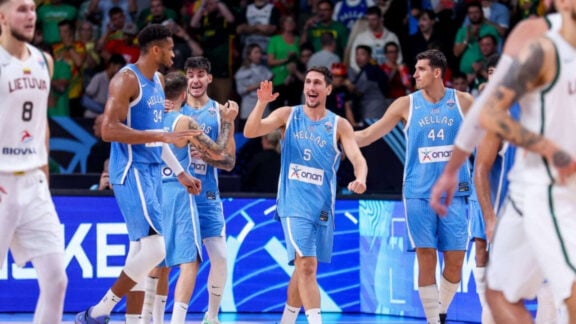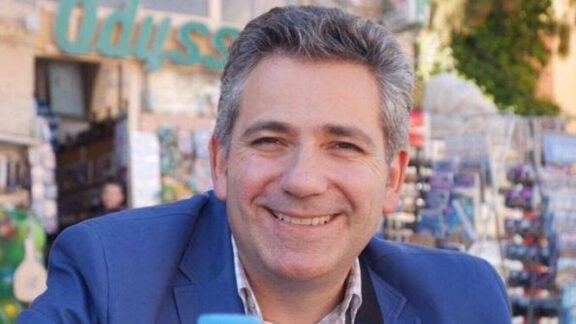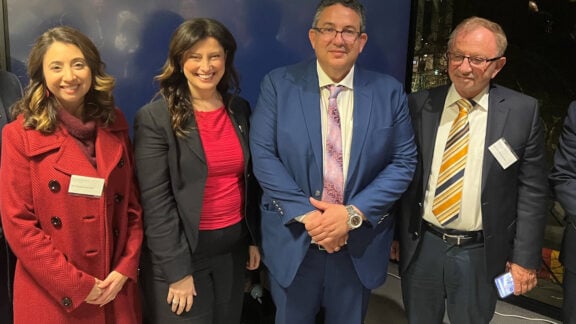Philip Tarlow’s name is one for the books. As a young American artist, he sought inspiration in travel, and found his spiritual home in Greece. It took him 15 years to go back ‘home’, and by then he had been a witness to one of the most historic and artistically diverse periods in Greece.
Yannis Tsarouchis – arguably one of Greece’s best known and loved artists – was his mentor.
“I hung out in his studio, where I studied his methods and materials so carefully, he began jokingly referring to me as ‘the spy’,” Philip tells Neos Kosmos.
Philip’s formative years as an artist were spent under the tutelage of the ‘athinaiki skoli’, the Athens school that he was later inducted into.
His wife Marina Karagatsis and his mother-in-law, notable painter Niki Karagatsis, helped him get immersed in the artistic scene, and really understand the Greek psyche.
Unbeknownst to him at the time, Tsarouchis was becoming one of Greece’s artistic trend- setters in the post-war era. He never stood still; always thirsty for more knowledge in the art world. He managed to dip his toe into countless areas, from fresco painting, costume design and posters. His artwork was influenced by myth and movements like the Renaissance and Expressionism, and he had even met some of the greatest contemporary western artists, such as Matisse and Giacometti.
Most famously, he was the set designer and costume creator for the great Maria Callas, touring the world with her, taking in as much as he could from the artistic movement of the time.
“The man knew what painting was, and, as he told me more than once, he knew it went beyond ‘subject matter’,” Philip remembers of his mentor.
That advice became Philip’s calling card as a Greek artist.
Out of his little studio apartment in Plaka, overlooking the Roman Agora, Philip started painting a name for himself thanks to his humbling take on everyday life. He learned how to paint with egg tempera, an ancient form of paint that was used in iconography but was popular in Greece.
Living through the military period in Greece, he didn’t paint history, he painted the everyman: the butchers, the construction workers and the shopkeepers.
“Everyday life in Greece was such a rich experience for me as an American,” he says.
“We (Philip and mother-in-law Niki Karagatsis) would immerse ourselves in a still vibrant culture of tiny, family-owned businesses with rich interiors complete with fabulous mirrors and patterned wallpaper that were a painter’s dream.”
His painting ‘O Kyrios Yiannis’ displays the kind of humility and respect Philip had for his subjects.
As one of the local portraits he made in his Andros studio in the Greek islands, Kyrios Yiannis was in fact the man that whitewashed their house every summer.
“O Kyrios Yiannis, as I called him (I was Kyrios Filipos), was a man who personified the qualities that prompted outsiders to sometimes label Andriots ‘koutoandriotes’ or stupid Andriots,” he says.
“In fact, they were beautiful attributes: honesty, softness, simplicity … a refreshing sweetness rarely found in our times.”
Outside his Plaka apartment, he became witness to a changing Athens, but didn’t document it in a typical way.
When just down the street from his apartment, the Junta decided to tear down a beautiful neoclassical building to be replaced by a “very ugly massive cement structure”, Philip didn’t paint the ruins. He painted the construction workers.
“The workers who were building it seemed ideal subjects for portraits, with their makeshift hats made from newspaper and their weather worn faces often reminiscent of Byzantine icons,” he says.
The paintings that eventuated became the centrepieces of his first solo show at the Ora Gallery in the ’70s.
Amazingly, he’s the only non-Greek to make it into the encyclopedia of Greek artists, and it wouldn’t be a stretch calling him a local. His Greek is impeccable, and was learned for the most part by ear.
His artwork was admired by many in Greece and he became a bit of a media darling where compliments were never short, but the hardest critic was by far his own mentor.
“I understood when I asked him to look at new paintings that to have critiqued them as a teacher was simply not who he was,” Philip says of Tsarouchis.
“So I didn’t take his silence personally.”
Tsarouchis traded Philip one of his drawings for a watercolour of his, and that was enough of a clue to show how much he enjoyed Philip’s art. That drawing still lies framed in his living room.
Their circle of friends included shadow puppet extraordinaire Sotiris Spatharis and surrealist poet Andreas Embrikos.
Philip was taken by Spatharis’ Karaghiozi for the fact he exemplified the ‘Greek everyman’ he sought to paint.
Embirikos, on the other hand, typified the stereotypical Greek passion that Philip soon adopted.
“He infused his readings with unmatched passion and musicality, which was also the case when he spoke of everyday topics such as his passion for fountain pens or his Peugeot sedan,” he remembers.
Such passion and theatricality was at the centre of the ‘Athinaiki skoli’ and is what Philip cherishes in his memories.
It was fitting that in Tsarouchis’ last days, he adorned the clothes of a Byzantine Archbishop so he would be ready to leave like Kavafi’s “Kyr Manoueel, ton Komnino”.
Philip always looked at Tsarouchis as a ‘wandering philosopher’, where he could get stuck in his mind and become so engrossed he’d walk into oncoming traffic.
“There was a lot to love,” Philip says of his mentor.
On Philip’s return to America, he was shocked at the unfamiliarity before him.
“I felt like an immigrant, had a slight accent and was awed by such commonplace things as supermarkets with huge freezers full of bagels,” he says.
In the booming ’80s, Philip was in high demand after securing a spot at the notable Fischbach Gallery in New York, “selling paintings like crazy”.
For an artist, keeping up with trends while staying true to your style has been something Philip has always kept at the back of his mind. He adapts his style to a particular mood at the time, and isn’t afraid of taking on new mediums or new techniques. In Greece and with his travels to Paris with Tsarouchis, he was always conscious of expressionism and realism.
On returning to America, he continued with egg tempera that he mastered in Greece but changed the subject matter.
With his plein air paintings, Philip travels to a very remote setting, normally a creek that changes rapidly during the seasons. All of his plein air paintings are executed in one sitting and usually take an hour or less but show a new fluidity and freedom, something more abstract.
Now, after his most recent exhibition in December last year, he’s working on completely new art with different mediums.
His small collage pieces use scraps of paper, newspapers with contrasting colours and are a complete 360 from his earlier works.
Surprisingly, finding inspiration isn’t hard for Philip.
“The difficulty is in knowing when to stop, not in starting the piece.”
With his base in America, he still gets the itch to travel to new places. In fact, he’s quite keen to hold an Australian exhibition for new fans.
To find out more about Philip Tarlow, visit www.philiptarlow.com/

